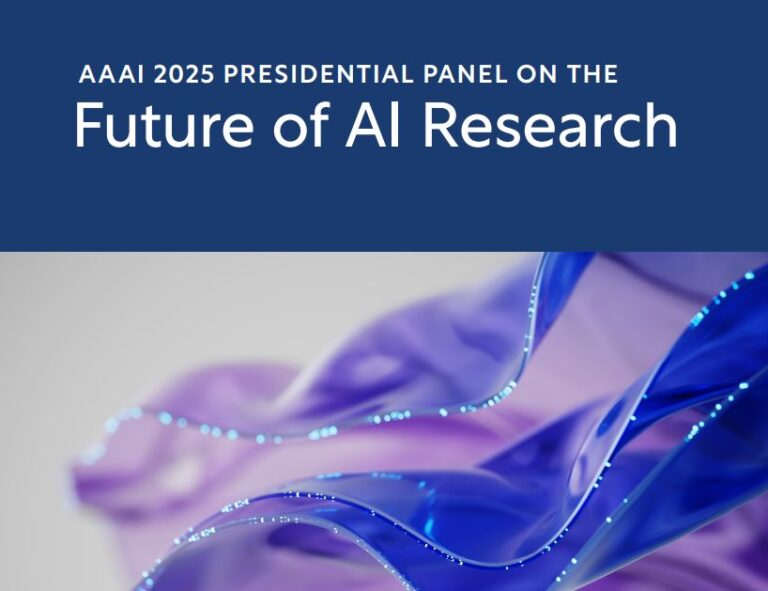The Future of Film Sound: AI Tools for Synthetic Audio Production
Introduction: The Role of Audio in Film
In the world of film production, audio is the unsung hero that transforms visual storytelling into an immersive experience. From the subtle rustle of a character’s clothing to the explosive roar of a spaceship, sound design, dialogue, and music are integral to setting the mood and tone of a scene.
Traditionally, creating these elements required extensive human effort, specialized equipment, and significant time. However, the advent of artificial intelligence (AI) is revolutionizing how audio is produced, offering tools that generate synthetic audio with unprecedented speed and realism. This article explores how AI is reshaping film audio production, the tools driving this change, and the opportunities and challenges it presents.
The Evolution of Audio Production in Film
Historically, film audio relied on meticulous manual work. Dialogue was recorded on set or during post-production ADR (Automated Dialogue Replacement), while sound effects were sourced from libraries or created by Foley artists.
Music composition required live orchestration or digital sampling. These processes, though effective, were often time-consuming, costly, and limited by the availability of talent or resources.
As technology advanced, digital tools like software synthesizers and automated editing helped streamline workflows, but the industry still faced constraints in creativity and efficiency. Today, AI is breaking these barriers, enabling filmmakers to generate high-quality synthetic audio that rivals traditional methods.
AI Tools for Generating Synthetic Audio
AI-driven audio synthesis is now a cornerstone of modern film production, with tools specializing in voice cloning, sound effects, and music composition. Here’s a closer look at the key areas:
Voice Synthesis and Cloning
AI can replicate human voices with remarkable accuracy, using just a few minutes of recorded audio. Tools like Descript’s Overdub and Respeecher leverage machine learning to clone voices, allowing filmmakers to generate dialogue or voiceovers without needing an actor. For example, Overdub enables users to “talk” using a voice trained on a sample, while Respeecher has been used in projects to resurrect voices of actors or historical figures. Eleven Labs and Lyrebird AI (now part of Descript) further push the boundaries with text-to-speech technologies that mimic emotional inflections and regional accents.
Sound Effect Generation
AI can create realistic sound effects by analyzing vast datasets of audio. Tools like iZotope RX use AI to enhance or clean up existing sounds, while others, such as Amper Music (now part of Artomatix), generate background scores. Emerging technologies also enable AI to produce ambient sounds or dynamic effects in real-time, such as simulating the sound of a storm or a bustling city from visual cues. This reduces the need for expensive on-location recordings and allows for creative experimentation.
Music Composition
AI is transforming film scoring by generating original music tailored to a scene’s emotional arc. Platforms like AIVA (Artificial Intelligence Virtual Artist) and Endel use neural networks to compose soundtracks, offering composers a foundation to build upon. These tools can quickly produce motifs, adjust tempo, or match specific genres, saving time and expanding creative possibilities.
Benefits of AI in Audio Production
-
- Cost and Time Efficiency: AI reduces the need for hiring voice actors, sound designers, or composers, cutting production costs and timelines. For instance, dubbing a film into multiple languages can be automated, saving weeks of work.
-
- Creative Flexibility: Filmmakers can experiment with different voice tones, accents, or soundscapes instantly, fostering innovation.
-
- Accessibility: Independent creators and smaller studios gain tools that were once exclusive to major studios, democratizing high-quality audio production.
-
- Consistency and Precision: AI ensures uniformity in voiceovers or sound effects, particularly useful for large-scale projects or long-form content like series.
Challenges and Ethical Considerations
Despite its advantages, AI-generated audio raises critical issues:
-
- Authenticity and Nuance: While AI can replicate voices, it may struggle to capture the subtle emotional depth of human performance.
-
- Ethics and Consent: The potential for misuse, such as creating deepfake audio without permission, sparks debates about intellectual property and privacy.
-
- Technical Limitations: Synthesized audio might falter in complex scenes, requiring human oversight for adjustments.
-
- Regulatory Gaps: The industry lacks clear guidelines to prevent abuse, prompting calls for ethical frameworks and legal safeguards.
Case Studies and Real-World Applications
-
- Respeecher in Action: The company has been used to recreate the voice of a deceased actor or adjust dialogue for non-native speakers, ensuring consistency in post-production.
-
- AI Dubbing: Streaming platforms like Netflix and Disney have explored AI for translating content, with tools like Synthesia automating voiceovers in multiple languages.
-
- Virtual Production: AI-generated ambient sounds are integrated into virtual sets, enhancing immersion during filming without the need for separate recordings.
The Future of AI in Film Audio
As AI technology advances, its applications in film audio will grow. Future developments may include:
-
- Real-Time Synthesis: AI systems that generate audio on the fly during filming, adapting to visual elements dynamically.
-
- Enhanced Emotional Intelligence: Improved models that better replicate human emotion, making synthetic voices indistinguishable from real ones.
-
- Integration with VR/AR: AI-driven audio that responds to viewer interaction, creating more immersive experiences.
-
- Collaborative Workflows: Human-AI partnerships where artists use AI to handle repetitive tasks, reserving their expertise for complex creative decisions.
Conclusion
AI tools for synthetic audio are redefining film production, offering efficiency, creativity, and accessibility. However, their adoption requires careful navigation of ethical dilemmas and technical challenges. As the technology matures, it will likely become an indispensable part of the filmmaker’s toolkit, not as a replacement for human artistry but as a collaborator.
The future of film sound lies in balancing innovation with integrity, ensuring that AI enhances storytelling without compromising the authenticity that makes cinema unique. For filmmakers, the key will be embracing these tools while maintaining the human touch that resonates with audiences.







